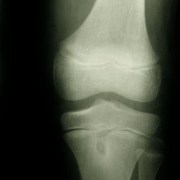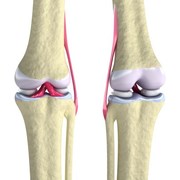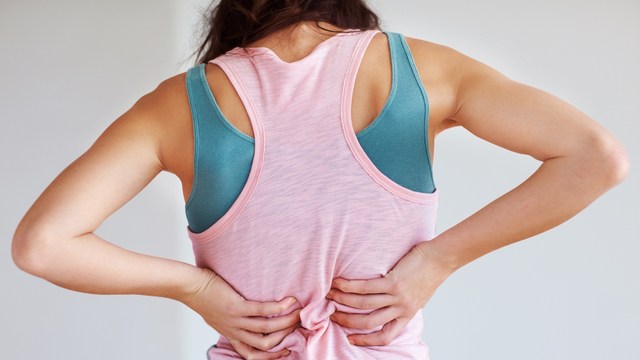 Photo: Getty Images
Photo: Getty Images
While the two most prevalent causes of osteoarthritis are age and obesity, a recent study published in Arthritis Research & Therapy has indicated that exposure to lead may also be a contributing risk factor for osteoarthritis of the knee. When one is exposed to lead, it yields increased whole blood lead levels, and according to the study, just one unit increase in the lead level in the blood can increase the likelihood that the a patient will have X-ray evidence of a 20 percent increase in knee osteoarthritis.
So, in addition to getting older and gaining weight, the study suggests that environmental factors play a pivotal role as well. Granted, in most areas these days, the exposure to lead is far less than it was years ago. Roughly 95 percent of the lead found in one’s body is stored in the bones. As the lead is released from the bones through bone turnover, it can play a role in the onset of osteoarthritis.
Rural areas may still have higher lead levels because of the predominance of older housing and the continued use of pesticides that contain lead.
In an effort to study the potential effects of lead in the development of osteoarthritis, Amanda Nelson, MD, of the University of North Carolina, along with some of her colleagues, analyzed data from six townships in North Carolina.
Of the 1,669 participants in the study, each had blood drawn and X-rays taken of their knees. Each participant also completed a thorough survey that required information about their osteoarthritis symptoms and the degree to which they had them.
The average age of the group was 65, with a mean body mass index of 31. Two-thirds of the group was comprised of Caucasian women, and less than a quarter of the group was comprised of active drinkers and smokers. It was determined that the median whole blood level of lead was 1.8 ug/dl.
The X-rays of the study participants revealed that 40.3 percent of them presented with osteoarthritis. Those with moderate to severe degrees of the disease were at 26.1 percent. Less prevalent was symptomatic osteoarthritis, with 23.9 percent of the individuals affected. Those with bilateral symptoms comprised 10.9 percent of the study population and nearly 17 percent had moderate to severe symptoms.
The research team made adjustments for all variables, such as race, sex, and body mass index, which revealed a greater likelihood of radiographic osteoarthritis and a far more severe case of the disease. The data collected significantly suggested an increase in osteoarthritis for those patients who had experience lead exposure.
The researchers noted that since 95 percent of lead in the body is stored in the bones and subsequently released into the blood stream, this is the primary cause for the development of osteoarthritis in the knees. This can occur as the bones turnover, as in menopause, but can also be evident with the bone remodeling that occurs in patients with osteoarthritis.
While there were certain limitations in this study, it does call for a more comprehensive approach to further explore the effects of lead and the significant risk it plays in the development of osteoarthritis.
(Information for this article was found at http://osteoarthritis.about.com/b/2011/03/18/lead-level-in-blood-linked-to-knee-osteoarthritis.htm and at http://www.medpagetoday.com/Rheumatology/Arthritis/25366)






Add a CommentComments
There are no comments yet. Be the first one and get the conversation started!